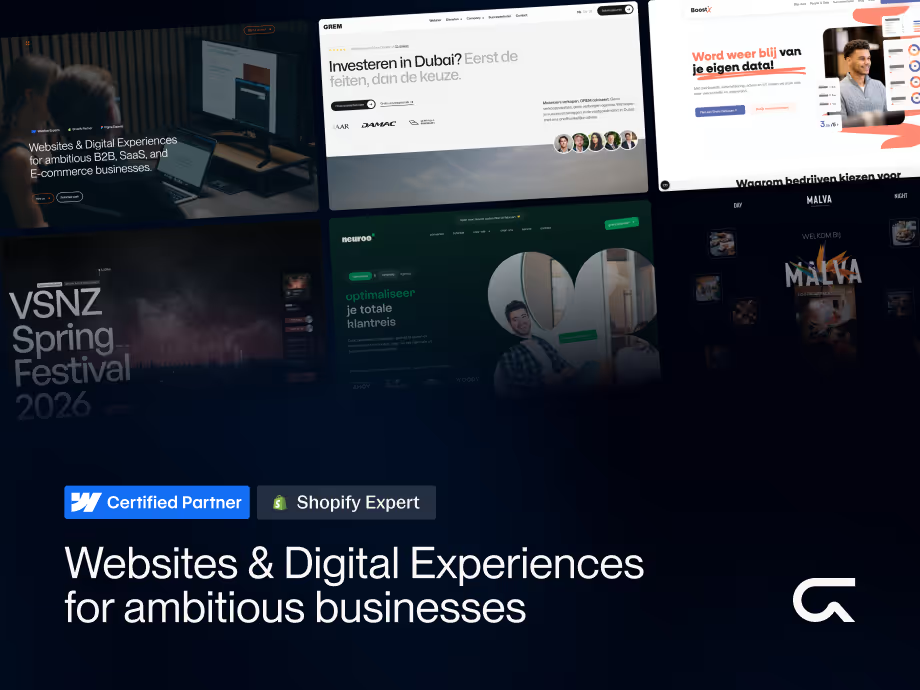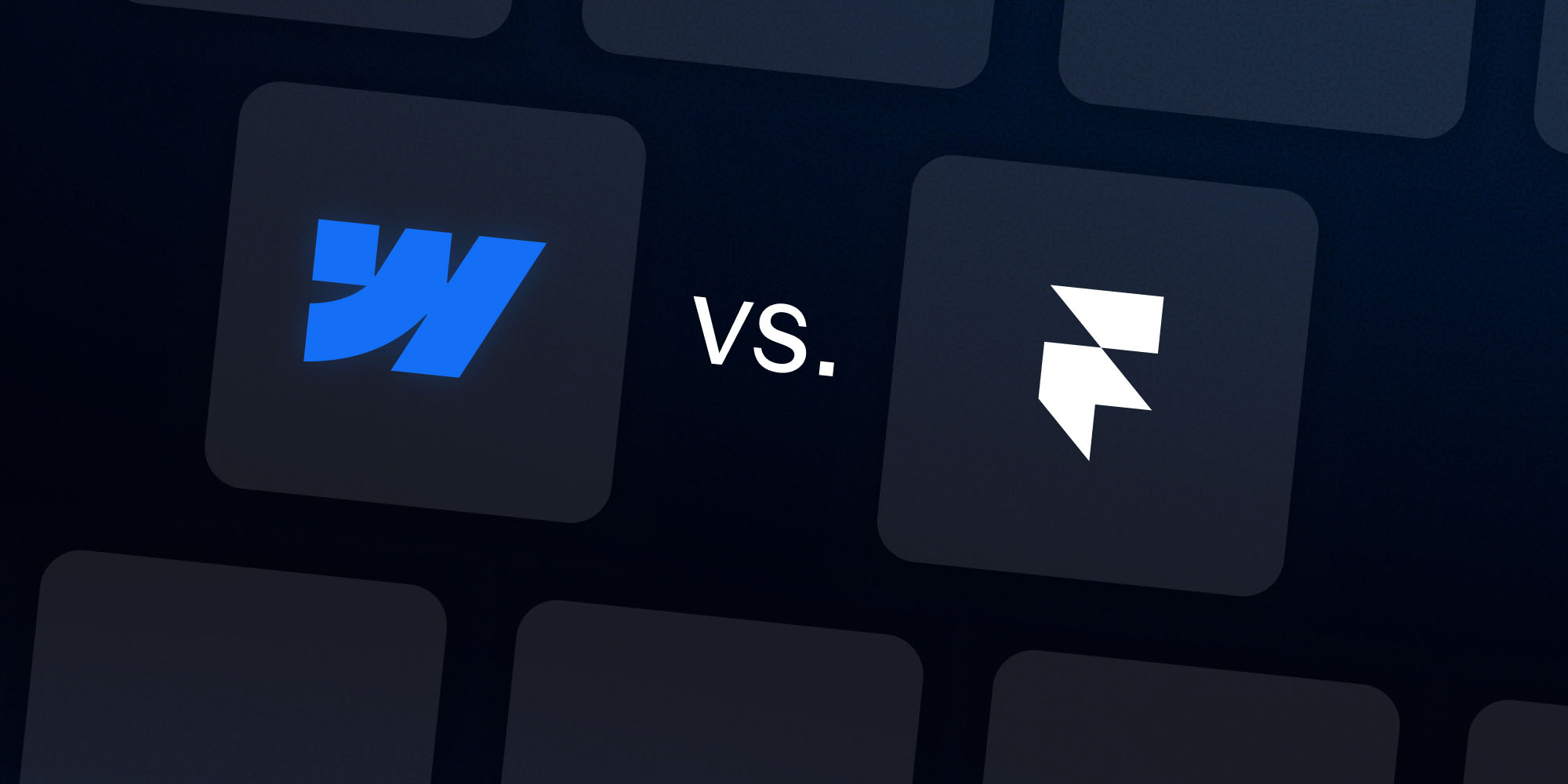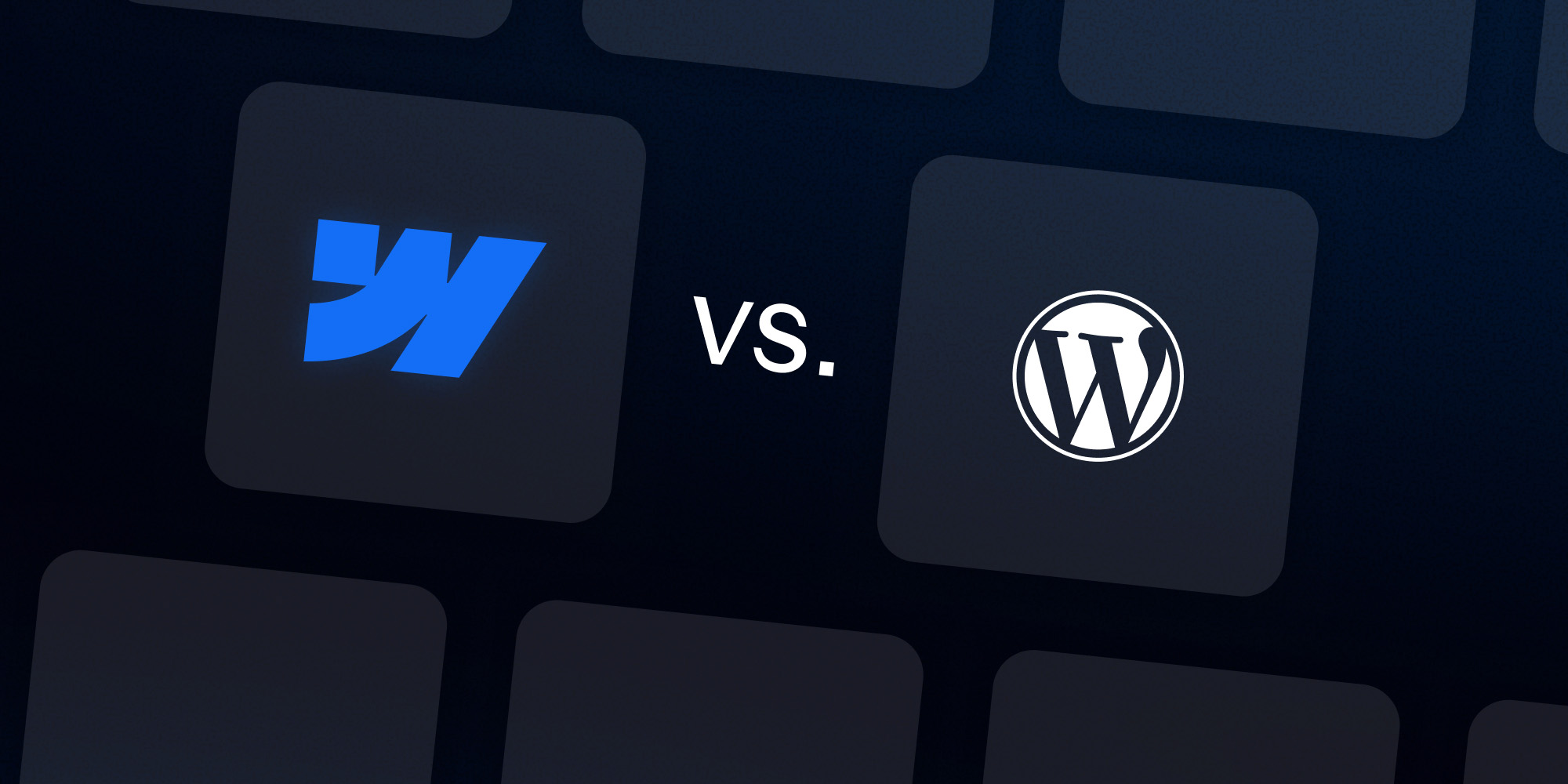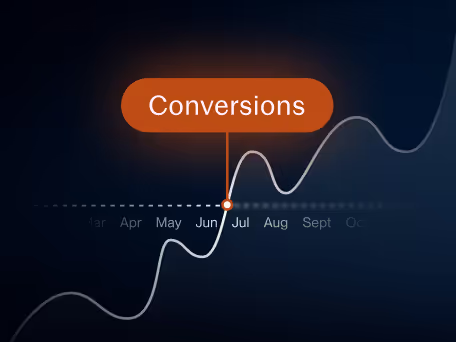























For over two decades, SEO was the way to go for attracting free website traffic. You ranked high on Google, traffic followed, leads converted. But in 2025 and 2026, that entire logic is starting to bend. A new discovery layer is taking over. One powered not by search engines, but by Large Language Models (LLMs) like ChatGPT, Gemini, Copilot, Perplexity and Claude.
These AI tools don’t crawl through ten blue links. They summarize the web. They read, interpret, and synthesize answers directly for users. Sometimes without sending a single click back to your site. This new behavior, called AI-first discovery, represents the most dramatic shift in online visibility since the foundations of SEO.
If your business relies on organic traffic, you’re already being affected, even if you haven’t noticed it yet.
AI is becoming the new search engine
The shift began quietly. When ChatGPT launched with web browsing capabilities, users discovered they could “ask the internet” through natural conversation. Microsoft integrated the same GPT model into Bing as Copilot. Google responded with AI Overviews in Search and is rolling out its new Gemini-powered engine.
Together, these tools are changing user habits at scale. Recent data shows that 77% of ChatGPT users now treat it as a search engine, and nearly one in four start their query there before ever opening Google. Among Gen Z and younger professionals, that number is even higher.
Instead of typing “best digital agencies in Europe,” they ask ChatGPT, “Who are the top Webflow agencies for B2B brands?”
Instead of searching “how to migrate a website,” they ask Perplexity, “How do I move my WordPress site to Webflow?”
The change seems subtle, but it’s massive. People don’t want lists anymore — they want conclusions. They trust the AI to do the digging, summarize the web, and hand them the insight directly.
The consequences for website traffic
For publishers, marketers, and business owners, this evolution is a double-edged sword. AI-generated summaries often appear above (or instead of) traditional search results. In Google’s own SGE (Search Generative Experience), early tests show that the first organic link now sits more than 1,200 pixels below the fold. Users get what they need from the AI box and never scroll down.
Traffic data confirms it. Publishers and brands that once ranked on page one are reporting traffic drops ranging from 18% to 60%, especially for informational or “top-of-funnel” content.
But there’s a twist: when AI does cite a website, the traffic tends to convert better. Studies and internal reports show that visitors arriving from AI-generated results convert up to six times more often than those from traditional organic clicks. These are users who were pre-qualified by the AI. People who asked a specific question, saw your name in the context of an authoritative answer, and came ready to act.
In short: overall traffic may decrease, but the quality of traffic can rise dramatically. That’s why forward-looking brands aren’t just fighting to stay visible in Google. They’re optimizing to be understood and quoted by AI.
Understanding how AI “reads” your website
Traditional search engines rely on keywords, backlinks, and metadata. AI systems read differently. Large language models interpret context, structure, and authority. They digest sentences, paragraphs, and patterns of meaning to determine what’s trustworthy and relevant to a user’s intent.
That means two critical things for any brand online:
- The structure of your content matters as much as its keywords.
- Authority signals, like citations, clarity, and depth, determine whether the AI trusts your site.
For example, a product page with neatly structured sections (“Overview,” “Key Benefits,” “Specifications,” “FAQs”) is easier for AI to parse than a single block of promotional text. A blog that explains “How to choose a SaaS agency” in plain, evidence-backed language is more likely to be cited than one full of vague marketing claims.
In other words, websites are no longer just for humans. They’re being read by machines that summarize humans for other humans.
Webflow and the rise of LLM-friendly websites
For teams using Webflow, this evolution comes with a hidden advantage. Webflow naturally produces clean, semantic code that LLMs can read easily. It outputs structured HTML, efficient CSS, and includes SEO-friendly markup by default.
More importantly, Webflow has recently added a feature built specifically for the AI era: the llms.txt file.
Similar to a robots.txt or sitemap.xml, this new file is designed to help AI crawlers understand what your site is about. You can upload an llms.txt directly in Webflow’s SEO settings. Think of it as a curated “cheat sheet” for AI — a structured document that tells large language models:
- Who you are and what your brand represents.
- Which pages or case studies define your expertise.
- How to attribute or reference your content.
By guiding AI toward the right pages, you increase the likelihood that your content appears in synthesized answers, rather than letting the model pull random or outdated data about your brand from elsewhere.
It’s still an experimental technology, but it represents a rare moment of proactive alignment between website management and AI optimization / AI readiness.
From SEO to GEO: The New Rules of Discoverability
Welcome to Generative Engine Optimization (GEO). The emerging discipline of optimizing your content for AI-driven platforms.
Where traditional SEO asked, “How do I rank?”, GEO asks, “How do I get cited?” Here’s what that means in practice:
1. Clarity beats cleverness
AI models prefer straightforward, declarative writing. Use headings that state intent. “What We Do,” “Our Process,” “Why Clients Choose Us.” Avoid vague taglines that don’t describe the service.
2. Structure for Comprehension
Break content into logical, labeled sections. Use bullet points, numbered lists, and FAQs to help AI identify discrete ideas. A clearly structured Webflow CMS collection, for example, “Case Studies” with fields like Challenge, Solution, and Results, gives AI models clean semantic signals.
3. Cite Sources and Build Authority
Link to credible third-party data and your own results. AI systems mirror human research behavior: they favor what looks well-sourced. A Webflow blog post that cites verified studies or contains measurable outcomes will rank higher in model “trustworthiness.”
4. Maintain Freshness
AI search engines prefer up-to-date content. Refresh key pages regularly, add new data points, and ensure publication dates are visible. Gemini, Bing, and ChatGPT all weigh recency in their retrieval models.
5. Optimize for Both Search and AI
Don’t abandon traditional SEO, blend it. Optimize your titles, meta tags, and internal links as before. Then layer in AI-friendly cues: questions, summaries, schema markup, and conversational phrasing.
When combined, these dual optimizations create content that performs in both search ecosystems: human and machine.
A closer look: structuring Webflow content for AI
Because Webflow is visual yet code-accurate, it offers unique flexibility for implementing these strategies.
- Use Collections for structured data. Create CMS fields for industries, services, results, testimonials — anything that helps AI understand relationships between data points.
- Add schema markup via custom embeds. Define your content types (
Article,Product,Organization) so AI crawlers can contextualize your pages. - Leverage Webflow’s speed and clean hosting. LLMs and AI search systems rank fast-loading, secure sites higher, as they prioritize user experience.
In short, Webflow isn’t just an aesthetic tool. It’s a technical foundation that naturally aligns with the next generation of search.
The opportunity: high-intent visibility
The idea of “fewer clicks” can feel alarming to marketers who’ve spent years growing traffic. But not all impressions are equal anymore. AI-driven referrals tend to be higher quality, with users arriving after a conversation, not a blind search.
In this new landscape, visibility inside AI results is brand positioning. If Gemini or ChatGPT cites your company when someone asks, “What’s the best platform for scaling a B2B website?”, that mention carries the same weight as a top-three Google result. Perhaps even more.
The brands that adapt now will capture that trust early. The ones that wait will find themselves summarized, paraphrased, or replaced by others in the AI dialogue.
Testing, Measuring, Iterating
You can’t improve what you can’t measure. Forward-thinking teams are already using LLMs themselves to audit visibility. You can do the same:
Ask ChatGPT, Copilot, or Perplexity questions your customers might ask. In our case that could be something like: “Who builds high-end Webflow sites in Amsterdam?”, “What’s the difference between Webflow and Shopify?”
If your brand doesn’t appear, investigate why. Are your case studies clearly labeled? Is your service content too generic? Are your internal links connecting related expertise areas?
Webflow makes it simple to iterate.Yyou can update content structure, publish instantly, and test again. This adaptability is a key advantage when algorithms are in constant motion.
What happens if you don’t adapt
Ignoring AI discoverability isn’t a neutral choice. As AI assistants grow more dominant, they’ll define what users see and who they trust.
If your content isn’t structured for them:
- Your best work might be summarized without credit.
- Competitors may be cited in your place.
- Your website could quietly become invisible to the very audiences you’ve built it for.
Traditional SEO alone can’t protect against this. The landscape has changed. Discoverability now depends on machine readability and brand authority.
Need help making your website AI-ready?
This is not the death of SEO, it’s its evolution. AI search won’t erase the open web, but it will filter it through a conversational lens. Your website is still your brand’s core. The verified source of truth about who you are and what you offer. The challenge now is ensuring that AI systems recognize it as such.
At Groove Digital, we help ambitious brands stay discoverable in both worlds — search engines and AI-driven platforms. Our team can set up and optimize your llms.txt file in Webflow, structure your content for LLM readability, and update your site architecture so it performs seamlessly for Google, Gemini, and ChatGPT alike. We don’t just make your website look great. We make it understandable to the systems that now shape discovery. If you want your brand to be the one AI recommends tomorrow, we’ll help you get there today. Because the next era of discovery won’t be about ranking higher. It’ll be about being recommended by AI.
In a world where people ask questions instead of typing keywords, your website must be ready to answer.
Ready to uplift your brand’s digital experience?

Read through more articles and other content items
How can we help you today?


Some of our selected projects that hit the Groove







